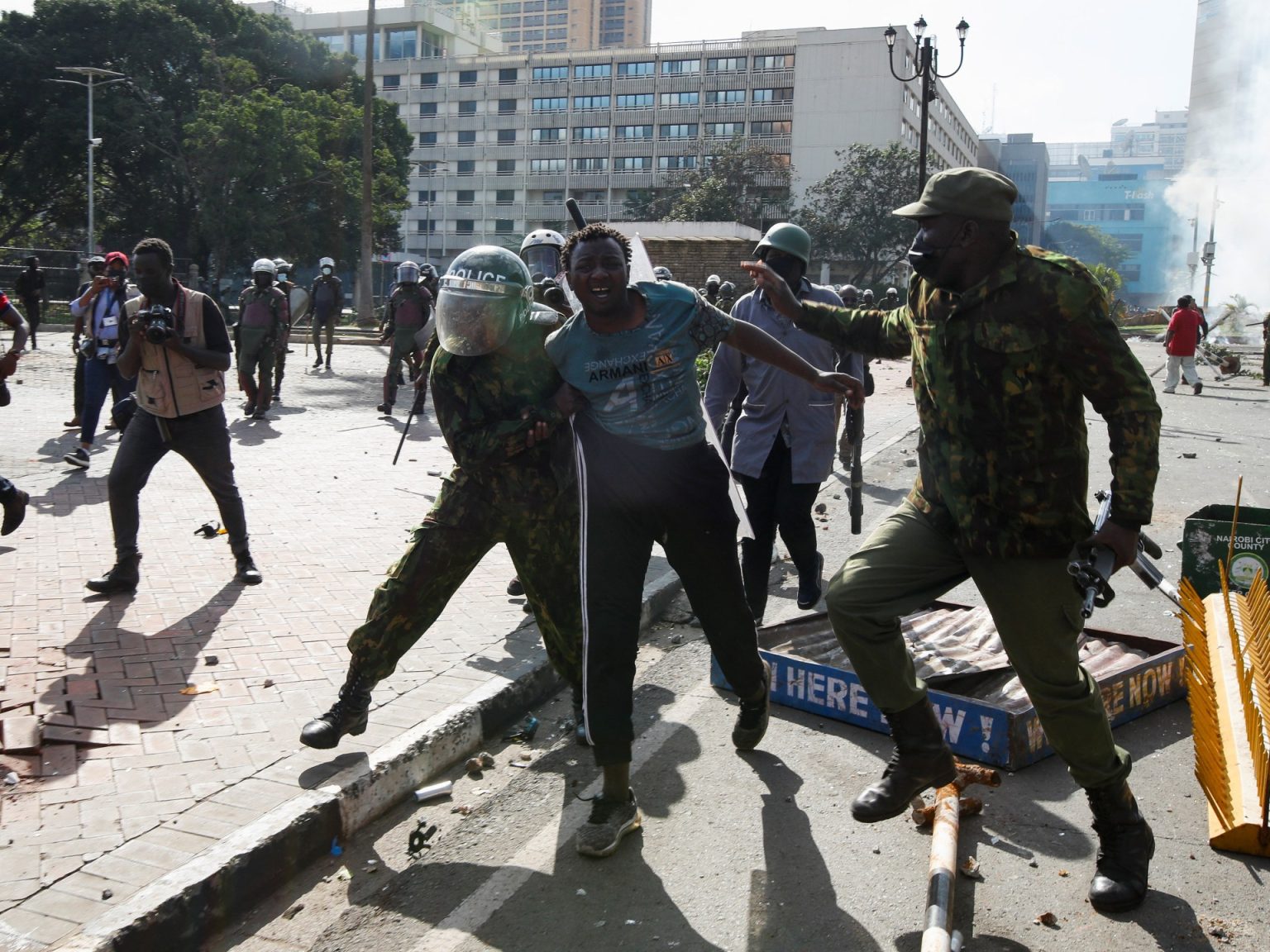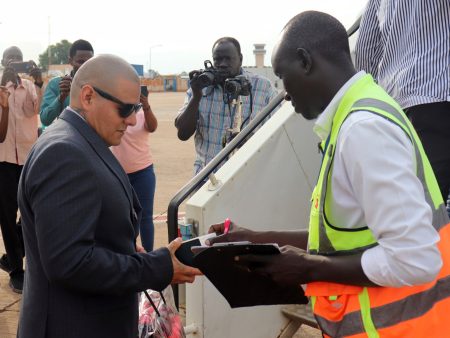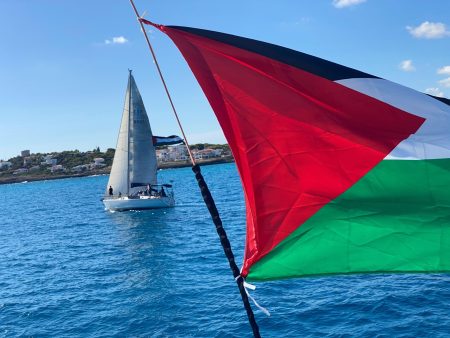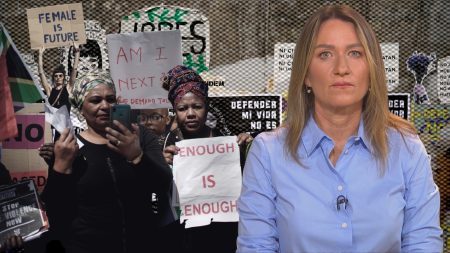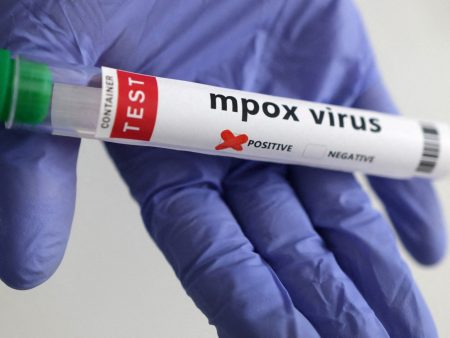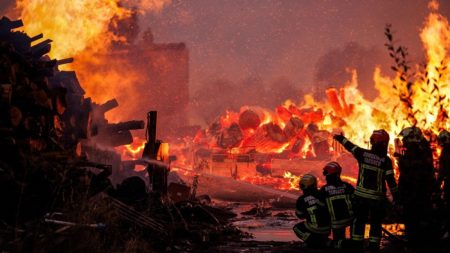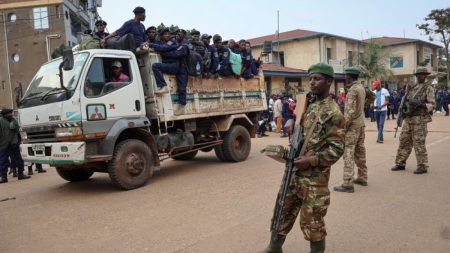Several people were killed in Kenya’s capital, Nairobi, after police fired live rounds at protesters who were trying to storm the country’s legislature. The protests were in response to a finance bill that lawmakers voted to pass, which would increase taxes and worsen the cost-of-living crisis in the country. Parts of the Parliament of Kenya were set ablaze as protesters breached the complex, leading to a violent confrontation with police. At least five people were killed and 31 others were wounded, with some being shot with live bullets and rubber bullets.
Despite promises from the government to protect the right to assembly, the protests turned violent, prompting Kenyan President William Ruto to call the demonstrations “treasonous”. The police resorted to firing live rounds after tear gas and water cannon failed to disperse the crowds. The internet in the country was also disrupted amidst the deadly crackdown by police. UN Secretary-General Antonio Guterres expressed deep concern over the reports of deaths and injuries during the protests, including journalists and medical personnel.
The protests were largely led by youth activists and were not politically motivated. The tax hikes proposed by the government had sparked anger over the rising prices of basic necessities like diapers and sanitary towels. Demonstrations broke out in several cities and towns across Kenya, with many protesters also calling for President Ruto to resign. The finance bill was approved by Parliament and is now awaiting the president’s signature, with the possibility of being sent back to Parliament for amendments.
While some protesters were demanding Ruto’s resignation, others were calling for an end to corruption and more freedom in the country. Despite amendments to the bill that removed some of the more stringent proposals, like a bread tax, protesters remained unsatisfied. The atmosphere in the protests was fueled by frustration over unemployment and punitive taxes, with many feeling that they had reached a breaking point. The protests also saw clashes and vandalism, including the burning of the Nairobi governor’s office near Parliament.
Police units were deployed to secure the president’s home and block protesters from reaching State House. The demonstrations were spontaneous and largely driven by young people who were fighting for a better future and against government corruption. Ruto had previously praised the peaceful demonstrations and promised to engage with protesters, but the lack of tangible change in the finance bill led to continued unrest. The situation remains tense in Kenya as the government faces growing opposition to the tax hikes and a demand for more accountability and transparency.




